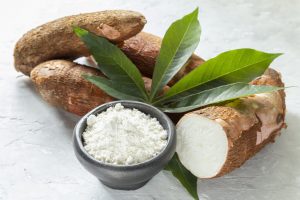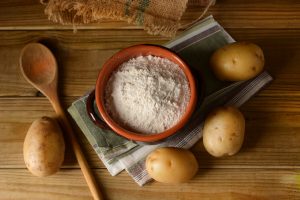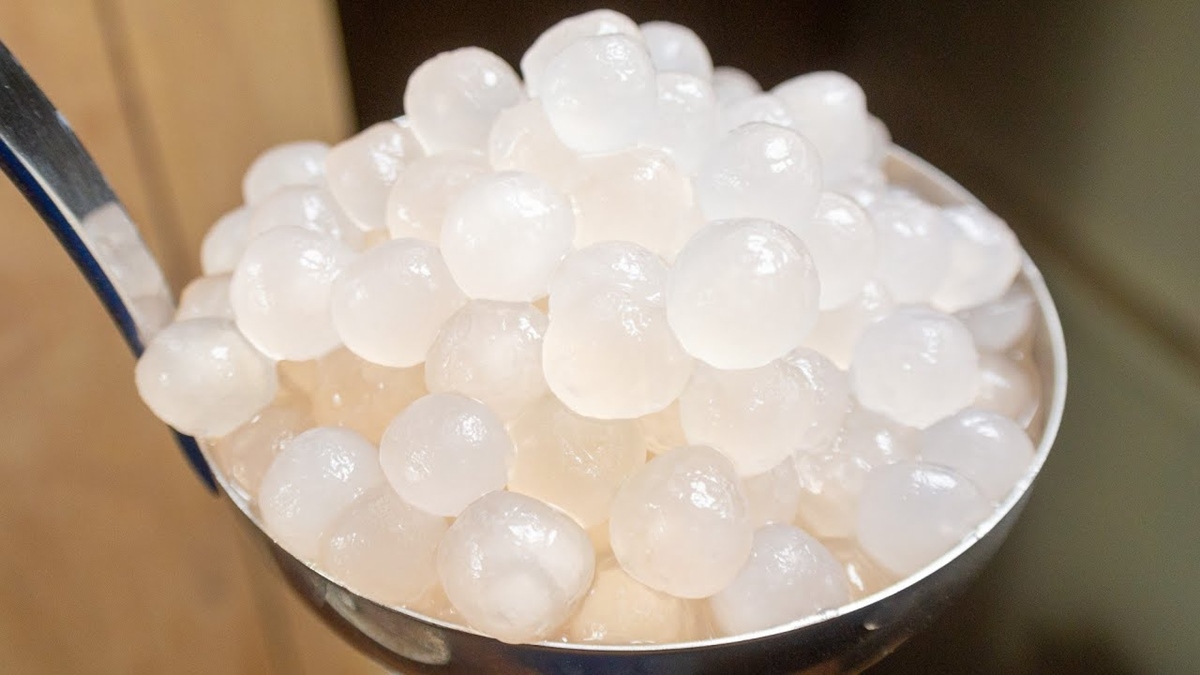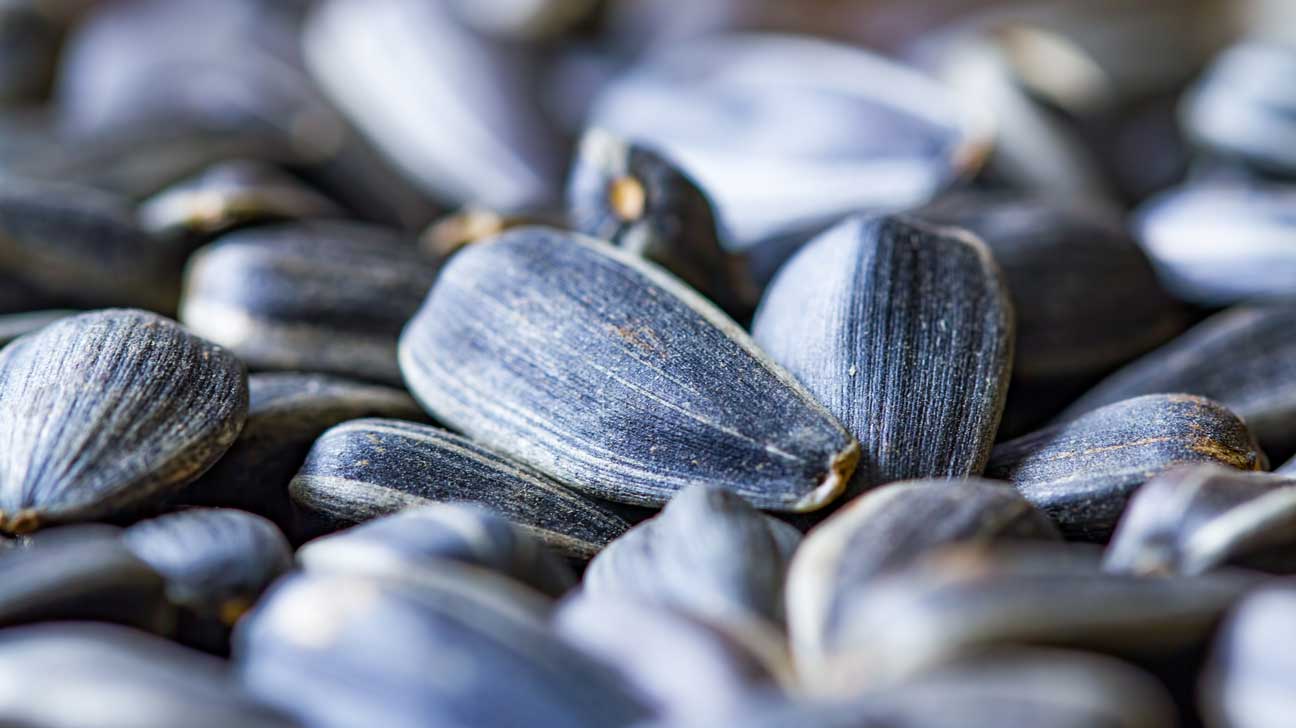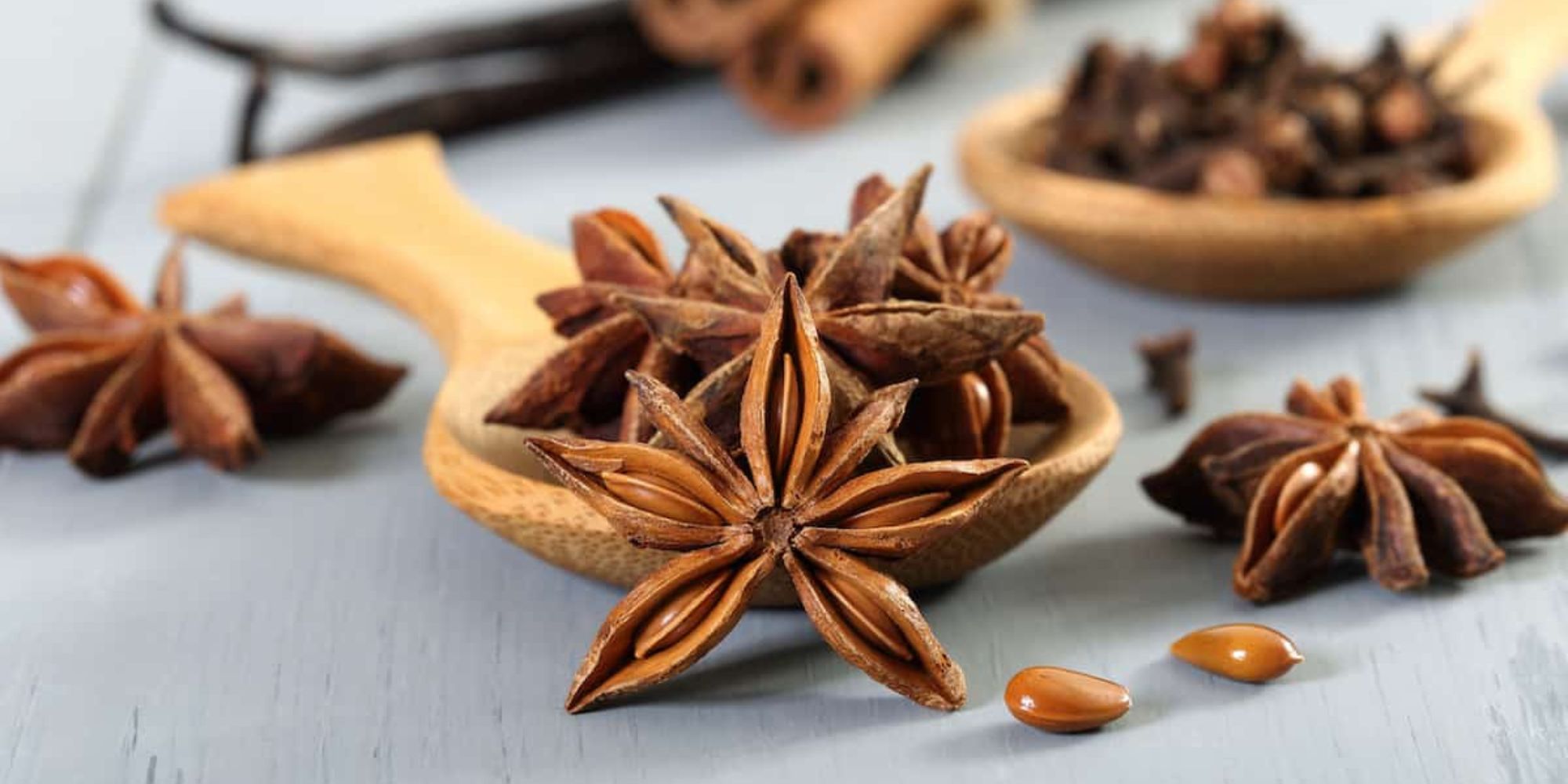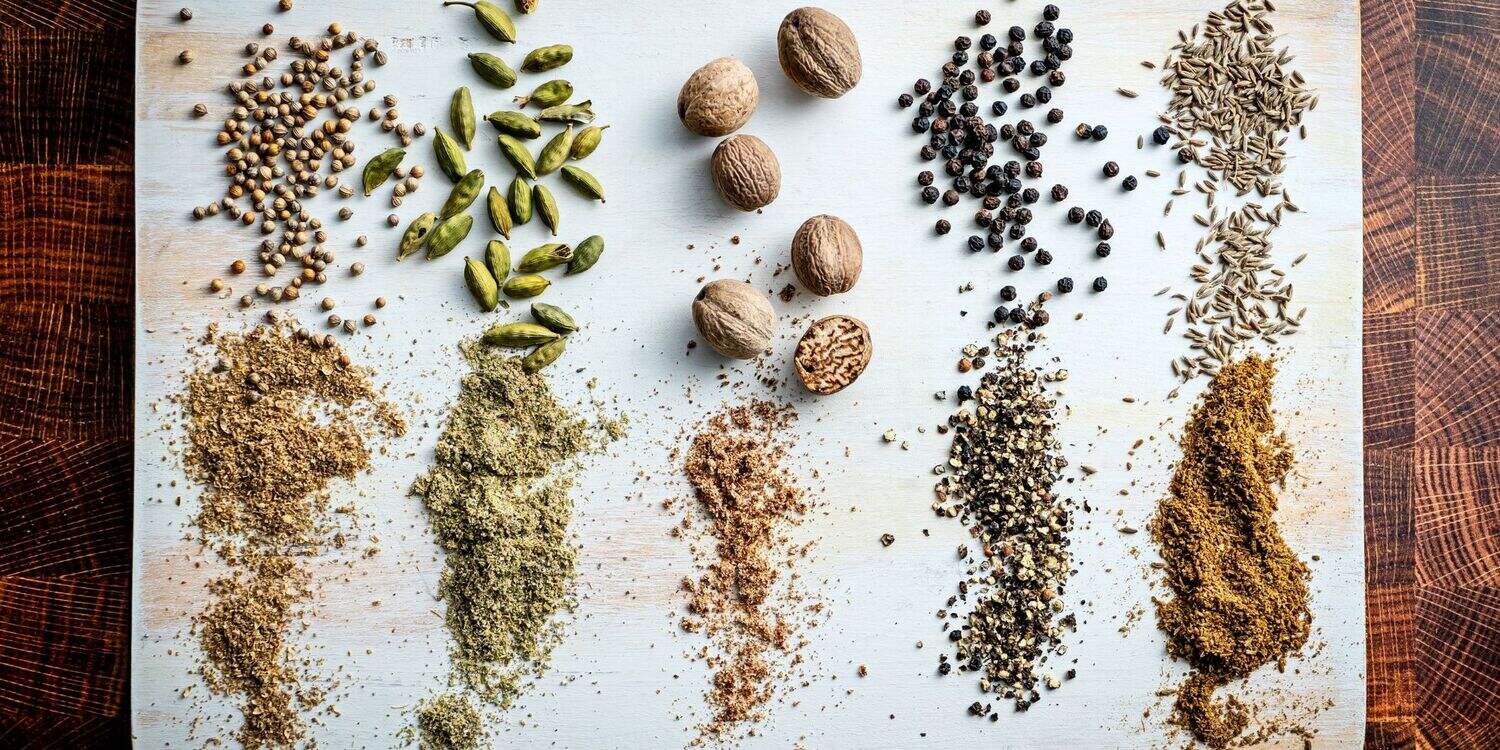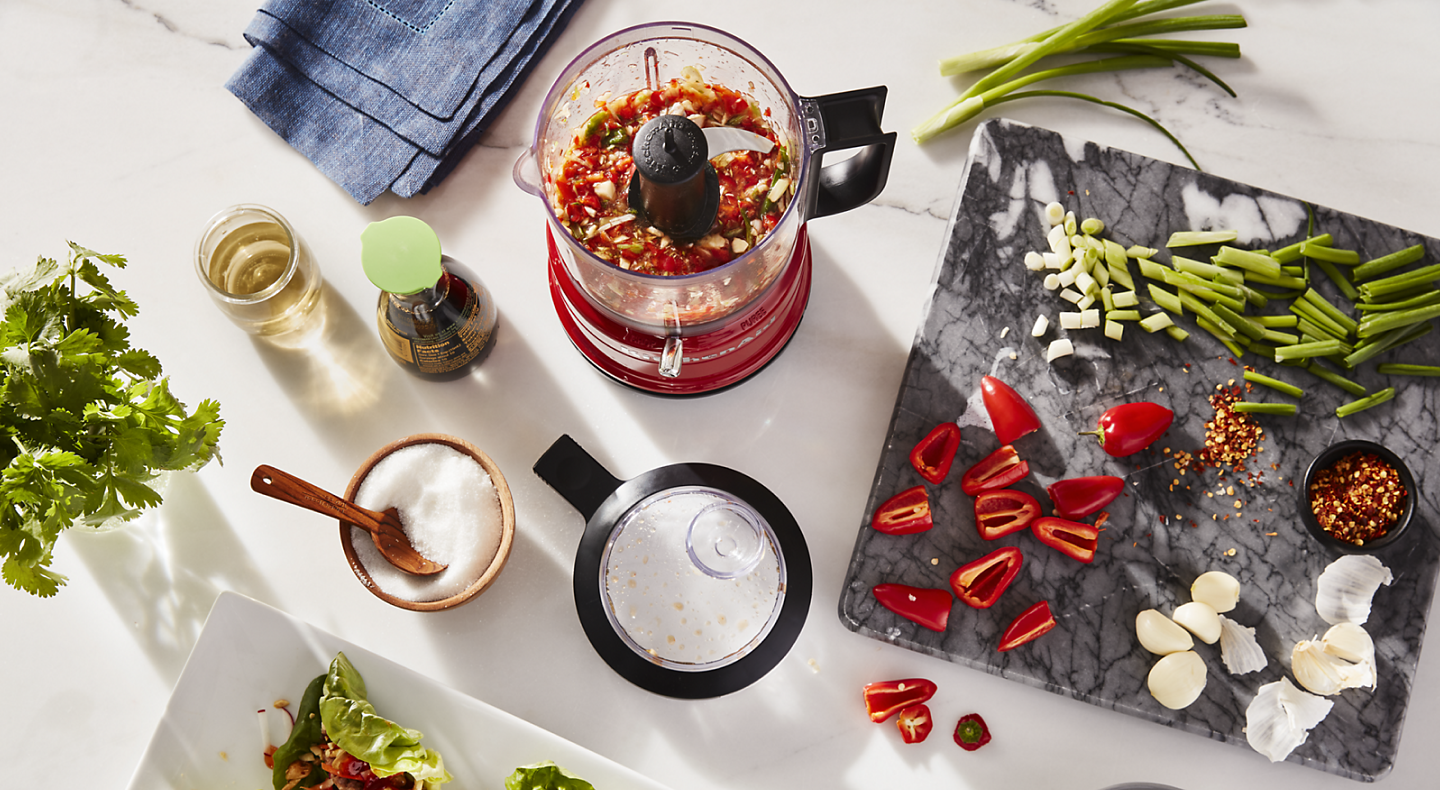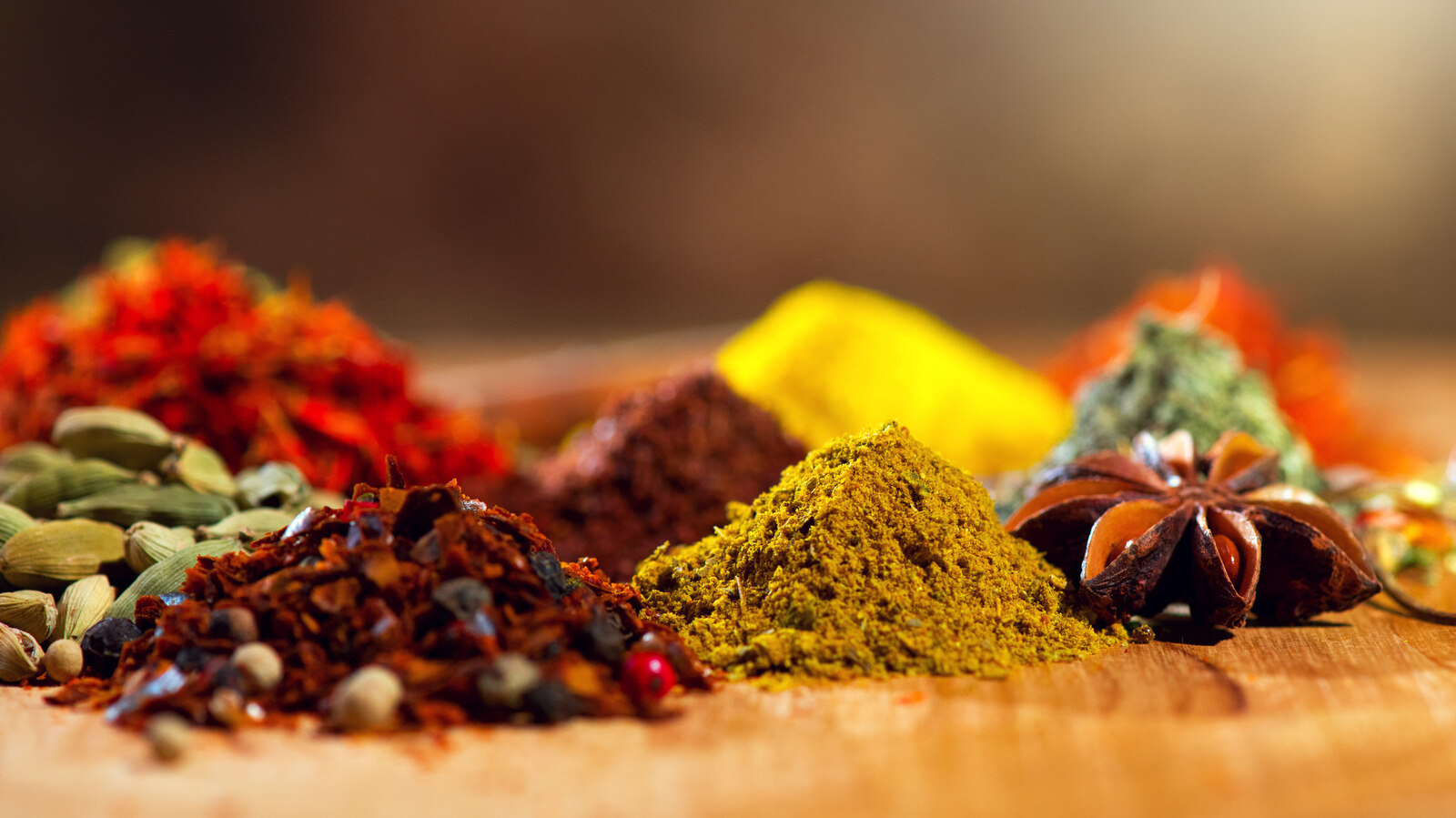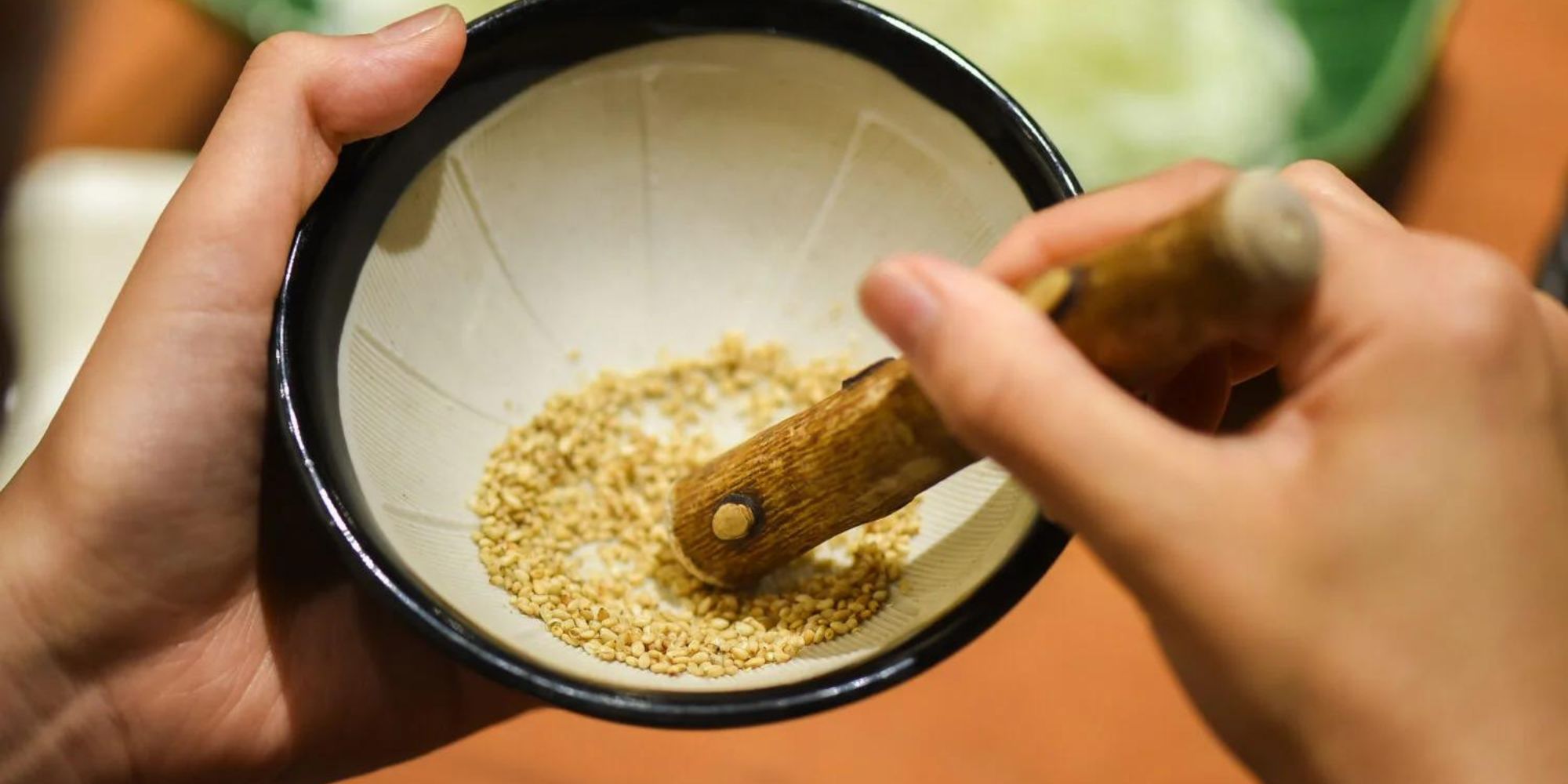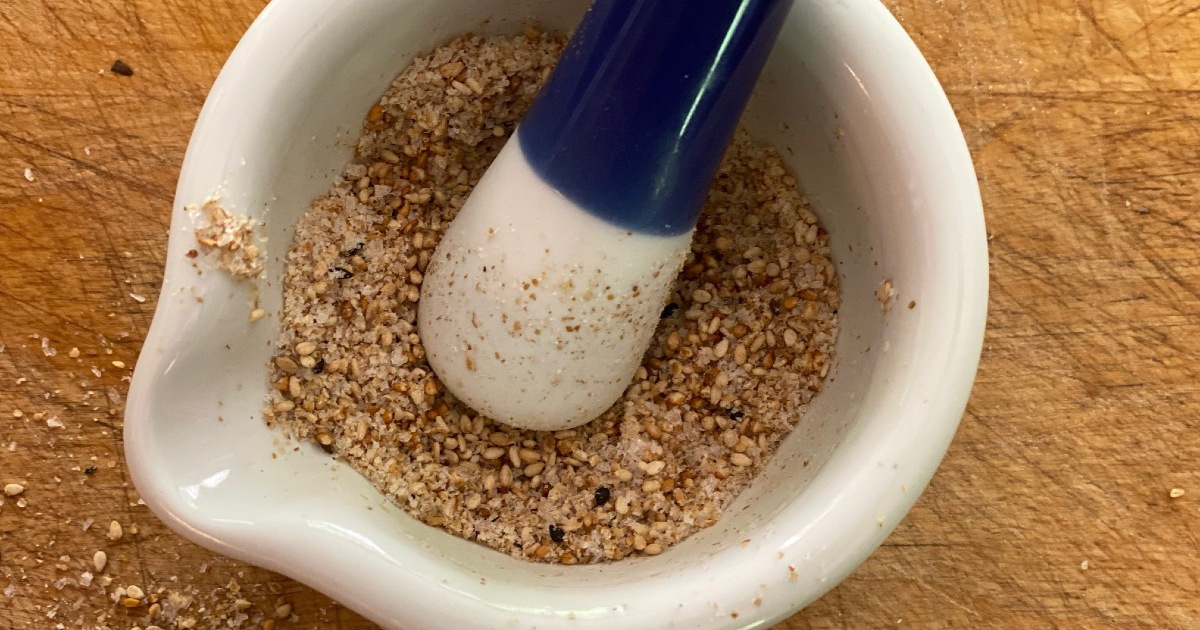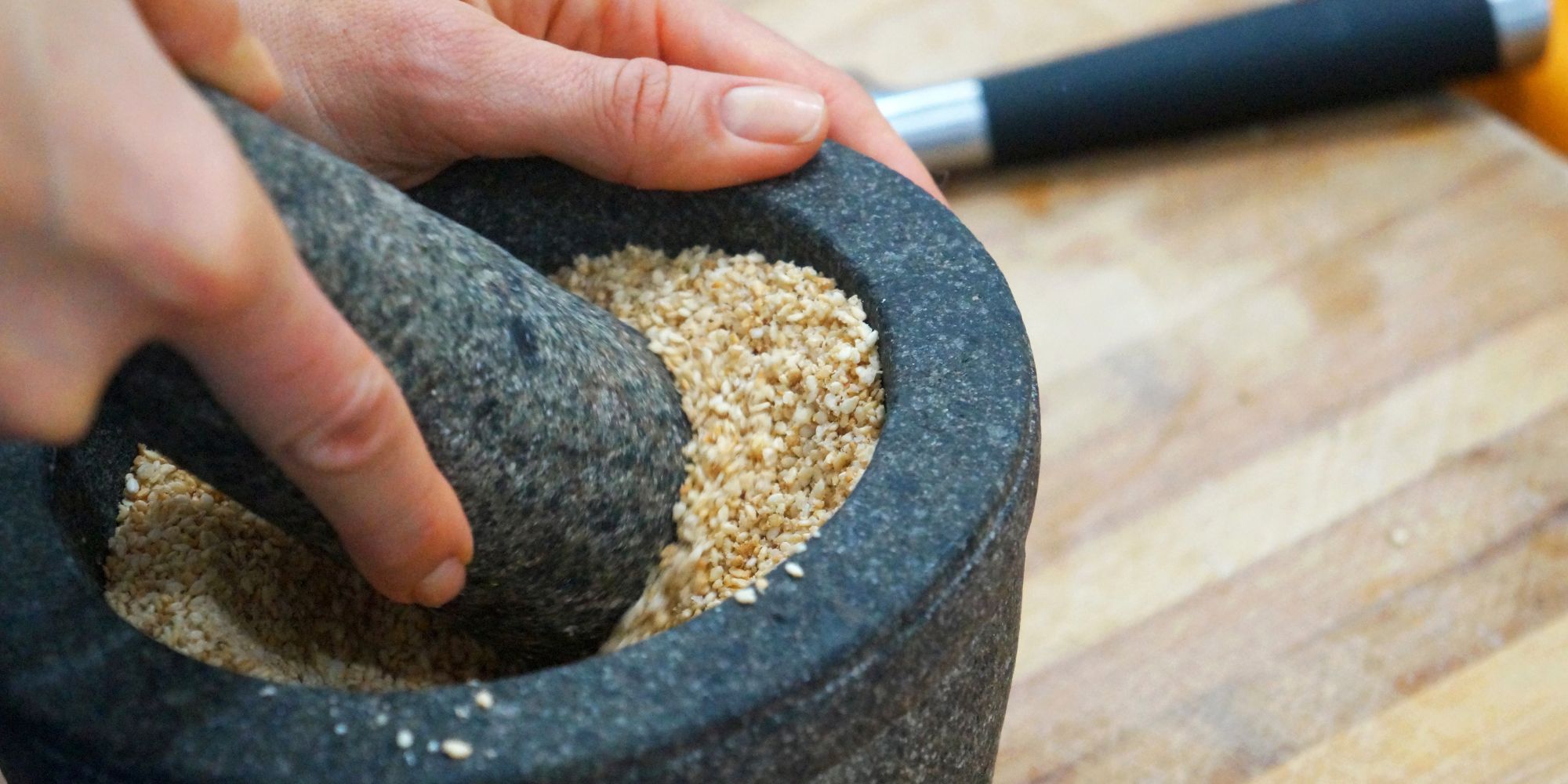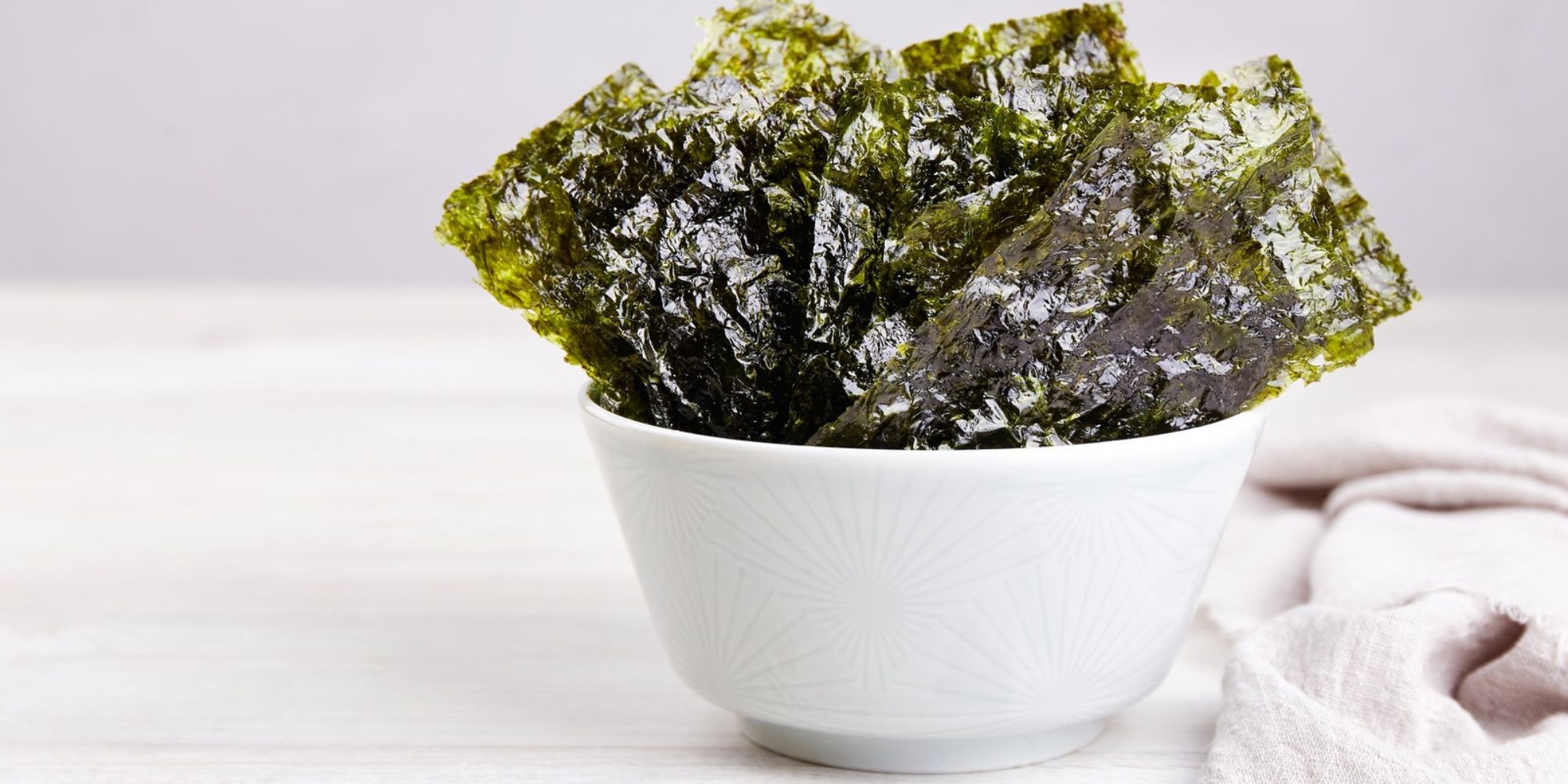Grinding tapioca pearls might seem tricky, but with the right approach, anyone can turn these hard, little spheres into a fine powder. Tapioca, derived from the cassava root, is a staple in many kitchens for its versatility in cooking and baking. Whether you're aiming to thicken soups, create gluten-free treats, or concoct homemade boba, knowing how to grind tapioca pearls is invaluable. This guide will walk you through the simple steps needed to achieve the perfect consistency for your culinary creations. With patience and a few kitchen tools, you'll master this process in no time.
Essential Ingredients for Grinding Tapioca
- Tapioca pearls
- Water
- High-speed blender or food processor
- Fine mesh strainer or cheesecloth
- Bowl for collecting flour
Necessary Tools for the Perfect Grind
-
Food Processor or High-Powered BlenderIdeal for breaking down the tapioca pearls into a fine powder.
-
Sieve or Fine Mesh StrainerHelps to sift the ground tapioca to achieve a uniform texture.
-
Airtight ContainerFor storing any unused ground tapioca, keeping it fresh.
-
Spatula or SpoonAssists in transferring tapioca pearls into the processor and the powder out, minimizing waste.
-
Measuring Cups and SpoonsEnsures precise ingredient portions for consistent results.
-
Parchment Paper or Baking SheetUseful if tapioca pearls need to be dried out more before grinding.
-
Oven (Optional)For those who prefer to dry out tapioca pearls slightly before grinding, ensuring a finer powder.
-
Kitchen Scale (Optional)For those who prefer to measure ingredients by weight for accuracy.
Grinding tapioca pearls requires a powerful blender or food processor. Ensure pearls are dry; pulse in short bursts to avoid overheating. Sieve to separate fine powder from larger pieces.
The Importance of Grinding Tapioca
Grinding tapioca pearls into flour at home is a straightforward process that unlocks the versatility of this gluten-free starch. This method allows for creating finer textures in baking and cooking, offering a substitute for traditional flours. It's particularly useful for those with gluten sensitivities or looking for alternative baking ingredients.
Homemade tapioca flour ensures freshness and purity, devoid of additives found in commercial products. It also provides a cost-effective solution, as bulk tapioca pearls are generally cheaper than pre-packaged flour. This DIY approach caters to the growing demand for personalized and health-conscious kitchen practices.
Your Step-by-Step Grinding Guide
How To Grind Tapioca Pearls for Flour
-
Select Quality Tapioca Pearls
- Opt for dry and hard tapioca pearls. Ensure they're free from moisture to avoid clumping during grinding.
-
Measure Desired Amount
- Decide on the quantity needed. For small batches, a cup or less is manageable with most kitchen grinders.
-
Prepare the Grinder
- Use a clean and dry coffee grinder or a high-speed blender. Ensure it's free from previous residues to prevent flavor cross-contamination.
-
Grind in Batches
- If you have a large quantity, divide it into smaller portions. Grinding in batches prevents overloading the grinder and ensures a uniform texture.
-
Pulse to Start
- Begin with short pulses to break the pearls into smaller pieces. This step helps in achieving an even grind without straining the grinder.
-
Check Consistency
- Open the grinder and check the flour's texture. It should be fine and powdery. If there are large granules, continue grinding.
-
Sift the Flour
- Use a fine-mesh sieve to sift the ground tapioca. This process removes any larger, unground pieces. Return these pieces to the grinder for further processing.
-
Store Properly
- Transfer the tapioca flour to an airtight container. Label it with the date of grinding. Store in a cool, dry place away from direct sunlight.
-
Clean the Grinder
- Immediately clean the grinder to prevent the tapioca flour from becoming sticky or attracting pests. Dry thoroughly before next use.
Mastering Tapioca Pearls
Grinding tapioca pearls isn't just about turning these hard beads into a fine powder; it's about unlocking a world of culinary possibilities. Whether you're aiming to thicken soups, create homemade boba for tea, or bake with a twist, mastering this skill can elevate your kitchen game. Remember, patience and the right tools are your best friends here. A high-powered blender or food processor does the heavy lifting, transforming pearls into powder in minutes. Sifting ensures uniform texture, crucial for consistent cooking results. Don't forget, homemade ground tapioca allows for customization. Add your twist with flavors or colors, making each dish uniquely yours. So, grab those pearls, and let's turn them into something extraordinary. With these tips, you're well on your way to becoming a tapioca grinding pro, ready to impress with your culinary creations.
All Your Questions Answered
How do I choose the right tapioca for grinding?
Opt for tapioca pearls that are dry and firm. Avoid any that seem moist or clumped together, as these might not grind evenly. Freshness is key, so check the packaging date when possible.
What equipment do I need to grind tapioca?
A high-powered blender or a food processor works best. These appliances have the oomph to turn tapioca pearls into a fine powder. A coffee grinder can do the job in smaller batches.
Can I grind tapioca pearls into flour at home?
Absolutely! With the right tools, turning tapioca pearls into flour is a breeze. Just make sure they're ground finely enough for your recipe's needs.
How fine should the tapioca be ground?
Aim for a consistency similar to that of powdered sugar. It should feel smooth between your fingers, without any grittiness. This ensures it blends well into your recipes.
Is homemade tapioca flour different from store-bought?
Yes, in texture and freshness. Homemade tapioca flour might feel a bit coarser, but it's fresher. Some chefs prefer it for certain recipes because of its unique texture.
How do I store homemade tapioca flour?
Keep it in an airtight container, in a cool, dry place. Properly stored, your tapioca flour can last several months. Just make sure it's away from direct sunlight and moisture.
Can I use tapioca flour for gluten-free baking?
Tapioca flour is a fantastic gluten-free option. It's often used to improve the texture of baked goods, making them fluffier and lighter. Just remember, it's not a direct one-to-one substitute for wheat flour, so adjustments might be needed.
